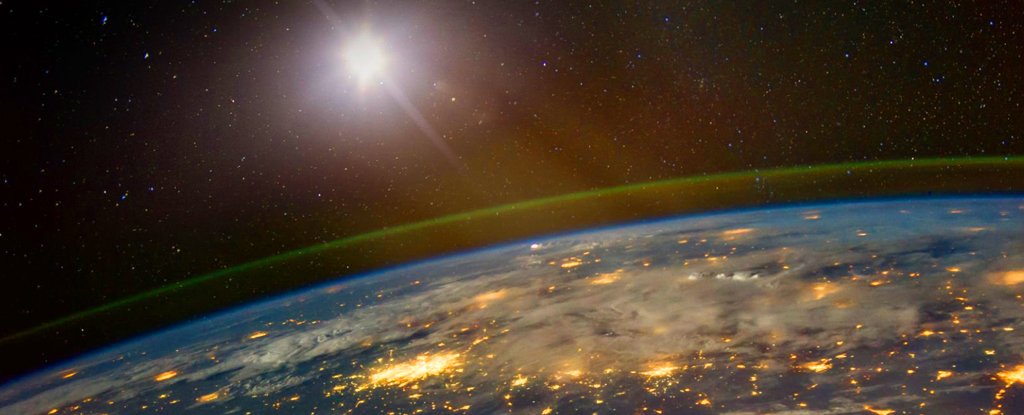 More details: See here
More details: See hereHeadlines:
NASA will put an artificial star into orbit by the end of the decadeWhile concerns about light pollution and its effect on observations of the cosmos have continued to grow, some scientists have come up with an intriguing plan that seems to defy all these concerns, but for good reason. The plan? Scientists and NASA want to put an artificial star into orbit before the end of the decade. Here⁘s why.
According to NASA, the new mission will launch a bread box-size satellite into orbit. The satellite will orbit Earth exactly 22,236 miles from the surface. This will put it in what we call a geosynchronous orbit, which means it will match Earth⁘s spin, making it appear fixed in the night sky. During the first year of the mission, the researchers will keep this fixed point somewhere above the U.S.
Astronomers typically deal with the very, very large – big telescopes , giant galaxies, and massive exploding stars .
But one of the more revolutionary astronomy tools of the decade is a mini satellite about the size of a breadbox.
The satellite will act like an artificial star for astronomers to observe from the ground, allowing them to more accurately measure a space object's brightness and better understand some of the biggest mysteries in our universe, like dark energy .
NASA recently approved the US$19.5 million Landolt Space Mission to launch the mini satellite into Earth's orbit.
"This is some really awesome science that NASA is supporting," Tyler Richey-Yowell, a postdoctoral researcher at Lowell Observatory who studies stellar astronomy and exoplanets, told Business Insider. "It's something that's going to help out all astronomers."
The mini-satellite, called CubeSat , is designed to orbit Earth from 22,236 miles away. At that distance, its speed will match Earth's spin so the satellite will appear fixed in the night sky and will be an easy target for telescopes to track.
You won't be able to see it with the naked eye. But to telescopes, it'll look like a star. The mission is scheduled to launch in 2029. It will be the first tool of its kind.
"This is really new for us to have some sort of artificial star quote unquote up there that we can go and rely on and use," Richey-Yowell told BI.
What makes this " artificial star " better than a real one is that astronomers will know exactly how much light it's emitting.
No comments:
Post a Comment